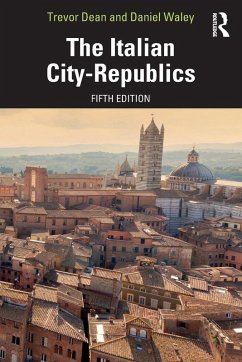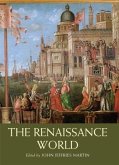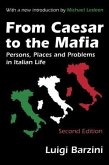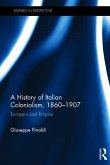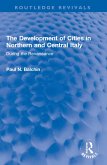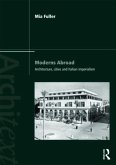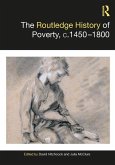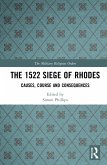Now in its fifth edition, The Italian City Republics illustrates how, from the eleventh century onwards, many Italian towns achieved independence as political entities, unhindered by any centralising power. Until the fourteenth century, when the regimes of individual 'tyrants' took over in most towns, these communes were the scene of a precocious, and very well-documented, experiment in republican self-government.
In this new edition, Trevor Dean has expanded the book's treatment of women and gender, the early history of the communes and the lives of non-élites. Focusing on the typical medium-sized towns rather than the better-known cities, the authors draw on a rich variety of contemporary material, both documentary and literary, to portray the world of the communes, illustrating the patriotism and public spirit as well as the equally characteristic factional strife which was to tear them apart. Discussion of the artistic and social lives of the inhabitants shows how these towns were the seedbed of the cultural achievements of the early Renaissance. The Bibliography has been updated to a list of Further Reading with the latest scholarship for students to continue their studies.
Both students and the general reader interested in Italian history, literature and art will find this accessible book a rewarding and fascinating read.
In this new edition, Trevor Dean has expanded the book's treatment of women and gender, the early history of the communes and the lives of non-élites. Focusing on the typical medium-sized towns rather than the better-known cities, the authors draw on a rich variety of contemporary material, both documentary and literary, to portray the world of the communes, illustrating the patriotism and public spirit as well as the equally characteristic factional strife which was to tear them apart. Discussion of the artistic and social lives of the inhabitants shows how these towns were the seedbed of the cultural achievements of the early Renaissance. The Bibliography has been updated to a list of Further Reading with the latest scholarship for students to continue their studies.
Both students and the general reader interested in Italian history, literature and art will find this accessible book a rewarding and fascinating read.

